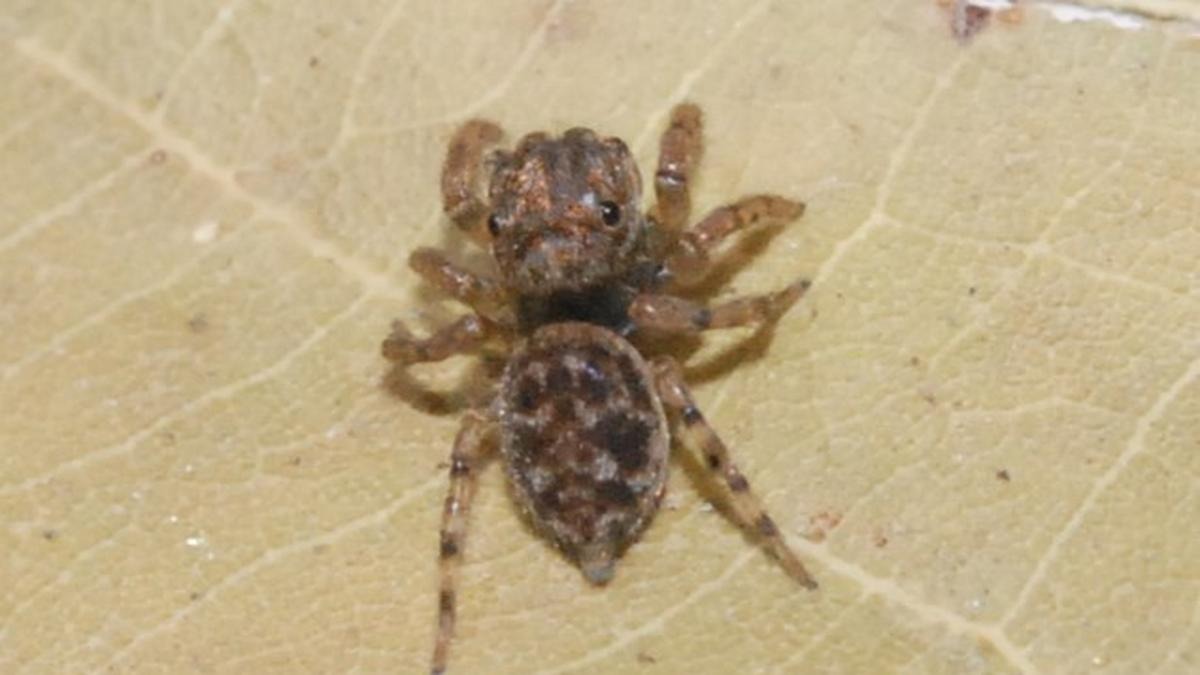A team of researchers has unveiled a fascinating new species of jumping spider discovered in southern India, a find that marks a major addition to the nation’s rich biodiversity. Belonging to the Spartaeinae subfamily, this discovery introduces the genera Spartaeus and Sonoita to Indian fauna for the very first time—genera that, until now, had only been documented in Southeast Asia and Africa.
Inside the Discovery of New Jumping Spider Species
Named Spartaeus karigiri, the species derives its name from Karigiri, a locality in Karnataka where the first male specimens were found nestled within rocky crevices. Female spiders were also observed in the region, carefully guarding their egg sacs. Additional sightings came from Villupuram district in Tamil Nadu. This study was spearheaded by arachnologist John Caleb T.D. from Saveetha Medical College, with contributions from specialists across India.
Why This Matters
This finding marks a major range extension for the Spartaeinae subfamily in India. These spiders are renowned for their exceptional vision and strategic hunting skills. Remarkably, they employ mimicry to trick and hunt other spiders—an extraordinary example of behavioral intelligence in the animal kingdom. The identification of Sonoita cf. lightfooti, previously believed to be native only to Africa, also hints at a broader, less understood distribution.
Clarifying the Web of Taxonomy
The research also revisited earlier misclassifications in Indian spider taxonomy. Notably, it confirmed that the species Marpissa gangasagarensis (described in 2005) is actually Phaeacius fimbriatus, a species first documented over a century ago in 1900. This correction contributes to a more accurate understanding of regional spider diversity.
What Lies Ahead
Despite this exciting discovery, vast parts of India’s landscapes remain biologically uncharted, particularly in terms of arachnid life. The researchers emphasize that this is only the beginning—countless other spider species likely await identification. Continued field studies and taxonomic research will be crucial to unlocking the full scope of India’s spider biodiversity.



